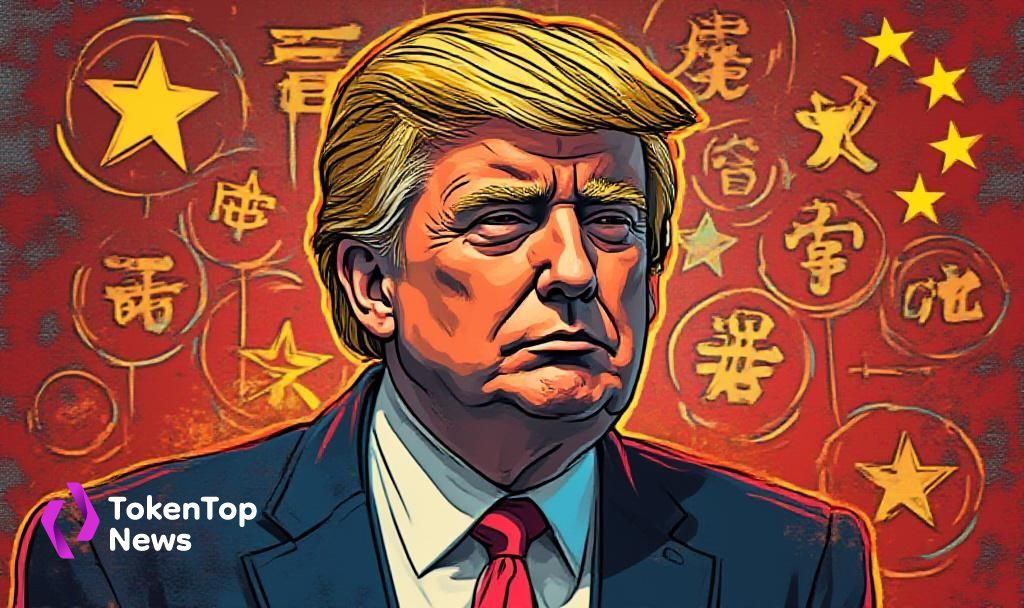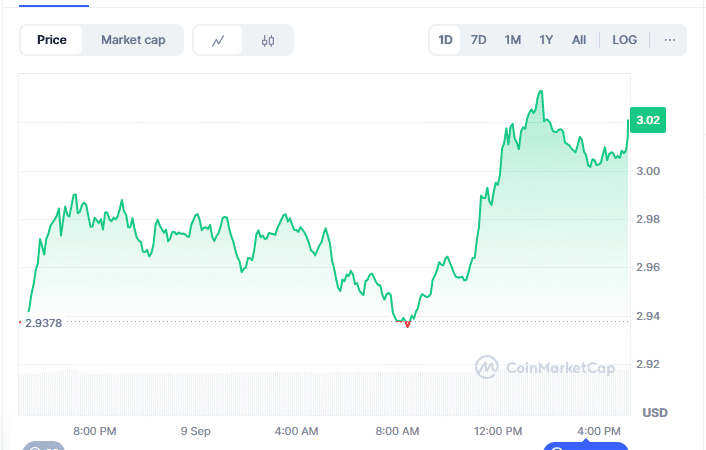Trump Holds Off on Renewing 145% Tariffs on China
- Main event, leadership changes, and impact on markets.
- Trump pauses tariff reinstatement on China.
- Crypto markets show little reaction currently.

The decision is crucial as it temporarily stabilizes U.S.-China trade relations, with minimal immediate effect on crypto markets, showing price stability and unchanged sentiment across exchanges.
In his statement, Donald Trump mentioned that China violated trade agreements, yet he decided against reimposing the 145% tariffs. Instead, alongside President Xi Jinping’s administration, the sides will reduce existing tariffs for a limited timeframe.
This move momentarily alleviates pressure on American and Chinese businesses. Market analysts observed that despite initial apprehensions, Bitcoin and other cryptocurrencies remained largely stable following the announcement.
Financially, both countries aim to improve their economic conditions by adjusting trade policies rather than exacerbating tensions. Politically, this represents an attempt to rebuild initially strained diplomatic relations.
Two weeks ago China was in grave economic danger… The very high tariffs I set made it virtually impossible for China to trade into the United States marketplace… The bad news is that China, perhaps not surprisingly to some, HAS TOTALLY VIOLATED ITS AGREEMENT WITH US. So much for being Mr. NICE GUY! – Donald J. Trump, Former President of the United States (source)
Historically, tariff escalations have correlated indirectly with financial and commodity trends. However, the crypto market shows resilience, indicating lesser immediate impacts on its trading dynamics compared to traditional financial sectors.
Looking forward, the U.S. Commerce Department is evaluating alternative economic tools like enhanced export controls. These measures will likely shape broader market stability and future regulatory landscapes in the ongoing U.S.-China trade narrative.




